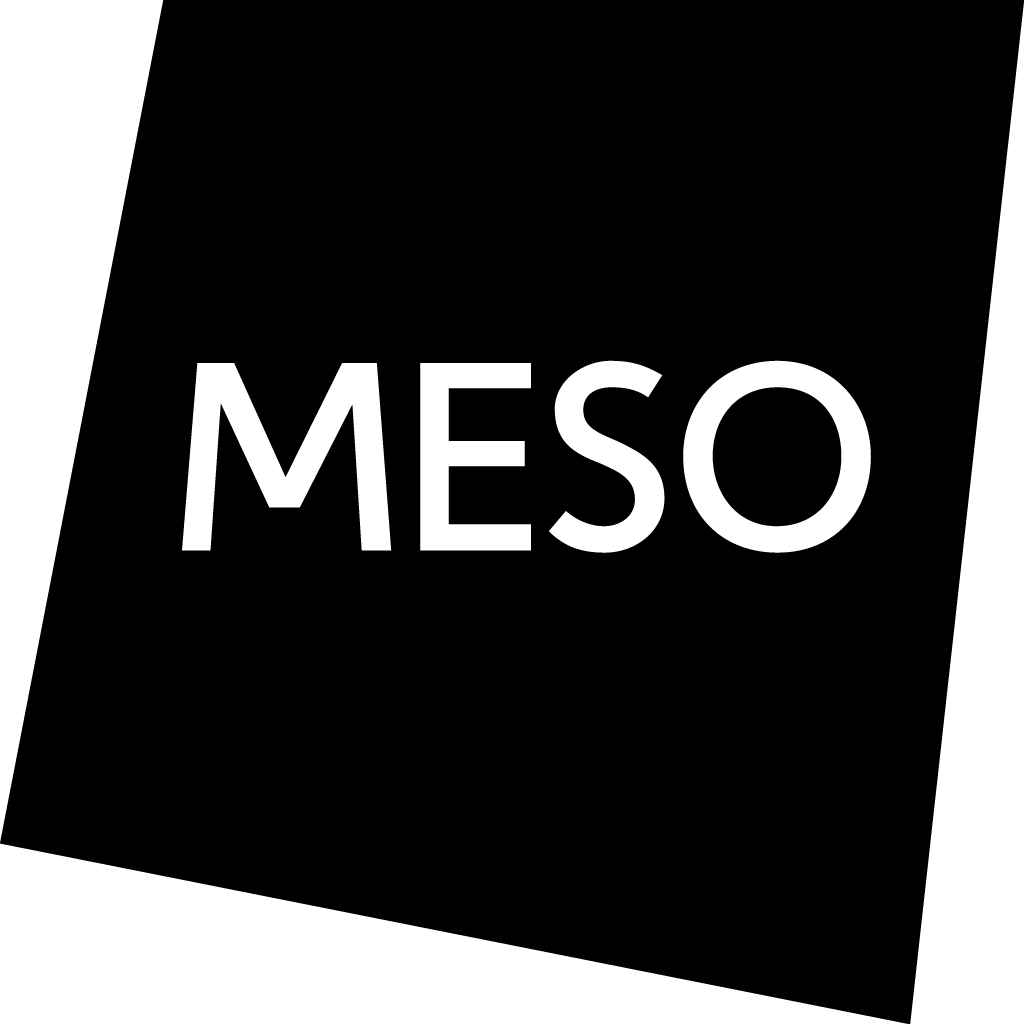FIFA WM Globe
Oschatz / Wolf / Wollin
Gutleutstraße 96
60329 Frankfurt am Main
++49 69 2 40 00 30
digitalinteriors@meso.net
- Project: FIFA WM Globe
- Date: June 2003 - June 2006
- Client: FIFA
- Contractor: 3deluxe / System Modern GmbH
To promote the FIFA World Cup 2006, the FIFA WM Globe was sent through all German cities hosting a football match as an ambassador of the artistic and cultural programme of the German Federal Government. The Globe served not only as ambassador but was the most popular core project of the government to accompany the FIFA World Cup 2006. To stress its importance, the Globe, enacted by famous André Heller, was initiated by the Federal Chancellor Gerhard Schröder, Franz Beckenbauer and FIFA-president Blatter in Berlin.
The FIFA WM Globe became a great success, only in Berlin more than 111.000 people visited the exhibition during its 52 days lodging period.
The general contractor System Modern GmbH entrusted MESO Digital Interiors with the realisation of the media-systems within the FIFA WM Globe. Based on the design from our all-time favoured client 3deluxe, Wiesbaden and the concept of André Heller /Artevent MESO planned and realised the infotainment stations and light installations of the globe. MESO was also responsible for the planning of the computer technology, set up and supply of the systems and programming of the required subsystems for the realisation of the highly complex graphics.
Inside the FIFA WM Globe:
A huge display (50” Plasma) at the entry of the Globe welcomed all visitors with latest news and programme information about the Globe and the FIFA World-Cup updated at least every two minutes via Internet.
Projection frieze
The inside of the FIFA WM Globe was defined by a brilliant 360-dgree projection-frieze implemented by 10 projections, each created by Projectiondesign F1-XGA Beamers with 3.000 ANSI-lumen. The resolution of the panorama with 12 m diameter was about 10.240 × 768 pixel. It was composed of a multitude of layers of various 3D- and 2D-objects. All objects were created by a render controller in a real 3D- coordination system and than visualised in high quality by 10 so called render clients which also calculated the soft-edges at the slopes.
The projection frieze displayed a fund of animated globes with transparency- , colour and glow-effects moving wave-like through the Globe to create constantly changing atmospheres.
Three terminals with TFT touch screens and four trackballs integrated in the seating furniture were used for the interaction with the projection frieze. Here visitors could browse through the programme information, news, video clips and images about the FIFA World Cup, or leave text messages (I love Football!) for the public at the Globe and on the webpage but also change actively the atmosphere of the globe by participating in one of the many quiz-games and interactive installations.
Further interactive attractions:
At three plasma-touch screens (42” Plasma, Infra-red-Matrix-Sensor) visitors could play with the cartoon characters of “FC Mondo United”. They were asked to “massage” the virtual kickers to revive them for the next match via touch screen. Through the application of non-linear animation films the lovingly rendered characters (creation and animation: Fiftyeight 3D, www.fiftyeight.com) reacted to touches and huddled themselves against the visitors palm.
Three of the seating areas spread around the Globe offered projected “Feuilleton-Newspapers”. As soon as the visitor sat down directly in front of him a computer image appeared showing the latest news of the Globe programme and the FIFA World Cup 2006 or the history of the FIFA World Cup. To visualise the virtual newspapers handy diffusing screens were used.
Another attraction was the “virtual penalty kick”, where visitors could test their football-mastery and a virtual goal keeper constantly tried to encourage the amateur-kickers to play along. The football itself was made of light and responded to the shadow of the kicker by an array of photo sensors. The goal keeper was controlled via remote control by a moderator so that his actions and reactions could be individually performed. A simple interface with amazing effect.
Software
Our multi-purpose tool kit VVVV was used to control all aspects of the globe in real time. The programs advantage for this project is its synchronous interaction of computer clusters (boy grouping). VVVV is specially designed for the connection of various physical interfaces (light and approximation sensors, touch screens, trackballs, IO-Interfaces, remote controls, RS232, Midi, TCP/IP, etc.). Another advantage, absolutely necessary for the realisation of the Football Globe Germany, is the fast and interactive implementation of ideas via graphic programming technology. So all changes were immediately visible and no stand by time for compiling, rendering, etc. was needed.
VVVV was also used for the administration and error prevention of the Globes technology. A router provided encoded access to all systems so that the remote maintenance, e.g. software updates could be easily implemented. The router also provided a life-connection to the internet so that all news and information could be uploaded from an external content management system. This tool enabled editors to create and upload new contents without the need to be on-site. All systems operated with Windows 2000 Professional.
Hardware
Because of the narrow equipment room all industry-computers were designed as flat 19”-hardware, each with 1 or 2 rack units. As a result the complete hardware including power- and signal-distribution, USV and Screens could be stored in just four 19”-closets, with other words not more than 1,5 sqm of the equipment room was needed. This “small render farm” generated around 500.000 Megahertz processing power and around 1 terabyte hard disc storage.
The projection frieze was calculated by 14 industry-computer (Pentium IV, 2,8GHz) and high-End Gaming- graphic cards (Radeon 9800 pro.). Further 14 industry-computers created the additional images of the terminals and other exhibits.
